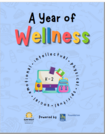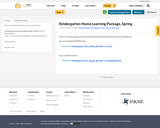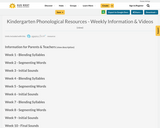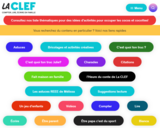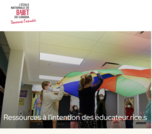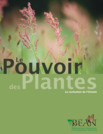«Nous souhaitons mettre à votre disposition un ensemble d’activités et de leçons qui portent sur les plantes et la botanique et qui sont liées au curriculum. ...
L’ensemble comporte six activités distinctes qui s’adressent explicitement aux élèves de la 3e, 4e, 5e et 6e année.
1. Dessins de plantes : pour la science et pour le plaisir (pg. 6)
Le dessin botanique et le dessin floral utilisent le même sujet, mais visent des objectifs très différents. Dans cette activité, les élèves examineront ces moyens d’expression artistique distincts en créant deux illustrations d’après une même plante. Leurs énoncés d’artiste exprimeront les buts et les décisions conceptuelles qui découleront du moyen d’expression employé et du spécimen floral.
2. Les secrets de l’herbier confectionné en classe (pg. 18)
Un herbier est une collection de spécimens végétaux qui sont pressés dans le but de les conserver. Dans cette leçon, les élèves collectionneront et conserveront des spécimens de plantes pour constituer un herbier en classe, et étudieront les différents usages de l’herbier.
3. Les Olympiques de la dissémination des graines (pg. 30)
En disséminant leurs graines loin de la plante mère, les végétaux peuvent réduire la concurrence des autres plantes et accroître leur répartition. Dans cette activité, les élèves étudieront certains des mécanismes dont les plantes se servent pour disperser leurs graines, en créant un modèle de fruit et en évaluant la relation qui existe entre la structure du fruit et sa capacité de disséminer les graines.
4. La salade de fruits mondiale (pg. 37)
Bien qu’on y trouve les terres agricoles les plus productives au Canada, l’Ontario importe plus de produits alimentaires par habitant que toute autre province. Dans cette leçon, les élèves étudieront le concept du «kilomètre-aliment », visiteront une ferme, un marché fermier ou une épicerie, et rédigeront un article de journal ou un éditorial pour résumer leurs conclusions.
5. Faisons la connaissance d’un arbre (pg. 48)
Même si les élèves savent tout de suite reconnaître un « arbre », il arrive souvent que leurs connaissances ne vont pas plus loin que ce descripteur de base. Dans cette leçon, les élèves examineront les feuilles, identifieront l’essence, feront des empreintes d’écorce, mesureront la circonférence, calculeront l’âge et estimeront la hauteur d’un arbre. Ils réaliseront des profils d’arbre qui seront ensuite réunis pour créer une encyclopédie en classe.
6. Comptez sur la dendrochronologie (pg. 57)
Les cernes qui se forment chaque année à mesure qu’un arbre pousse recèlent une foule de renseignements qui révèlent les conditions de croissance de l’arbre pendant sa vie. Dans cette activité, les élèves examineront des cernes annuels et découvriront les secrets qu’ils renferment.»

